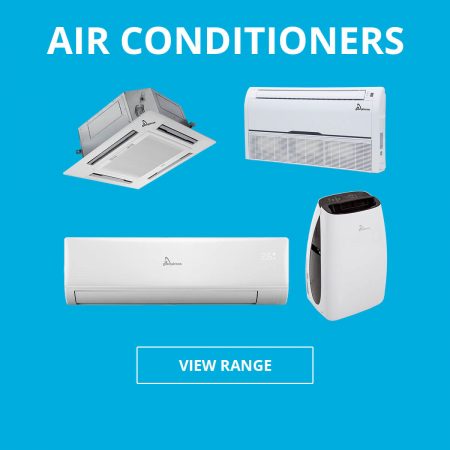It goes without saying that babies need clean circulated air that is neither too cold nor too hot. Since little kids breathe faster, they inhale more air than we do, meaning the quality of this air should be uncompromising. Cold air can lead to serious respiratory illness and colds, while high temperatures combined with humidity can cause rashes, dermatitis, fungal infections, and even heatstroke. As a responsible parent, your job is to ensure a stable and comfortable temperature in the nursery. Many parents rely on climate control systems to adjust the room temperature, but are portable air conditioners safe for babies?
So — Are They?
We trust air conditioners to create a comfortable environment in our houses and save us from sweltering. What’s good for an adult is usually always good for a little one. However, you must understand that your notion of “good” and comfortable is probably slightly different from what’s best for babies. You might enjoy chilling +20C in your home, but that’s going to be too cold for your kid. In fact, the ideal temperature for nurseries is somewhere between 23C and 26C. As long as you keep your baby’s needs in mind and consider some precautions, a portable air conditioner for a nursery is completely safe.
Things to Consider When Installing a Portable Air Conditioner in a Nursery
The possibility of hypothermia due to too low temperature in the room is always there, especially when it comes to a fragile baby’s body. Although pediatricians have defined a temperature range that most babies will be comfortable with, your little one may not fit within that range. To find out which temperature best suits their physiology, you can first set your portable air conditioner to 26C degrees and observe their body’s reaction. Check the back of their neck — if it’s wet and hot then your baby is still hot. You need to gradually lower the temperature by 1-2 degrees until you find the one that your baby likes the most.
Keep it in mind that even relatively comfortable ambient temperatures can cause hypothermia. If your baby’s cradle is in close proximity to AC’s vents, they could be exposed to extremely cold air. Indeed, the air coming directly from an air conditioner will be much cooler than the temperature you set on the thermostat. In no case should your baby be near these air currents. After all, the task of an air conditioner is to cool the room and not a little human. Therefore, before leaving your baby alone in their room, you need to make sure that a portable air conditioner is not blowing on them.
One more important thing to consider is how clean your portable AC is. No, it’s not about its external neatness but rather about how clean it is from the inside. An aircon makes air and everything it contains including dust particles, pollutants, and fungal spores pass through its innards. All this muck settles on the filter and after a while, it must be cleaned or replaced. If you do not do this in a timely manner, the pollutants will get back into the air, and naturally this is not good for your child’s health.
Air Conditioner vs Natural Ventilation
Many parents are concerned that air conditioning might be harmful to their children. Indeed, if you do not take the precautions we have just described, the risk of hypothermia and illnesses is extremely high. For this reason, many people prefer natural ventilation over portable air conditioners. But is it the best alternative?
Ventilation is certainly important, and you just need to open a window several times a day to let in the fresh air. But will natural ventilation help maintain a comfortable ambient temperature in the nursery? This is doubtful. If it’s hot outside, the flow of warm air will not help lower the temperature in the room. And if this hot air is also humid, it doubles the potential threat to your baby’s well-being. A humid, hot environment is ideal for the growth of bacteria and fungi.
Even if you live in a temperate climate and hot days are rare, natural ventilation can do more harm than good. The cool breeze blowing from the window and a small child are incompatible. If your child’s room is small, it may be challenging to provide airing so that the flow does not affect the baby.
Natural ventilation has its limitations and disadvantages. However, it cannot be neglected. The best thing you can do for your child’s health is to combine airing and air conditioning. If you adhere to certain safety rules, both ventilation and a portable air conditioner will be absolutely safe.
